Table of Contents[Hide][Show]
You may know calendula by it’s other common name, “pot marigold.” Popular in cooler climates, calendula is an annual flower common in herb and flower gardens, and also prized for its taste in salads and soups.
Calendula has a long history of medicinal uses, which includes soothing gastrointestinal upset.
This happy flower has been used for centuries on the skin.
A Little Bit About the Ingredient Itself
Calendula is a genus of about 12-20 species of annual or perennial plants in the daisy family, native to the Mediterranean. There are other types of marigolds, including the corn, desert, and marsh marigold, so it’s important not to confuse the pot marigold—Calendula offocinalis—with other types of marigold that may not have the same benefits.
One neat thing about calendula is that it repels many insects above ground, and the root is also reported to repeal nematodes (a type of round worm), so calendula makes a good border plant to help protect other herbs from pests. It likes full sun, but can grow in average soil. Blooms are orange or gold and have a strong, distinctive scent. They also open in the morning, then close at dusk or when it looks like rain.
Internal Health Benefits of Calendula
Historically, calendula was used to treat upset stomachs, ulcers, and menstrual cramps, to relieve fevers, and to boost the immune system. Calendula tea was a popular aid for many of these conditions, and remains a good option today for these conditions, though so far scientific evidence of its effectiveness is lacking.
There have been studies on a few other health benefits, however. A 2003 article that appeared in the Journal of Family Practice reported that ear drops containing calendula may help relieve pain related to ear infections in children.
Calendula’s Benefits to the Skin
Calendula has been used for centuries on the skin. No wonder, then, that we’re finding out today that it’s perfectly suited to this job!
- Protective: Calendula is a great addition to anti-aging formulas, as it helps to keep the skin healthy and youthful looking. Researchers think this is because of the natural antioxidants in calendula that have a natural protective property.
- Anti-aging: Calendula flowers, as you may be able to tell from the color, also contain carotenoids, which are key in helping your skin look more youthful. These protect from environmental stressors, and can help soothe. Carotenoids naturally exist in the outer layer of skin, so calendula-rich formulas, may help improve skin’s appearance.
- Moisturizing: Calendula is gentle and hydrating, so it’s great for dry and sensitive skin. It can even be used under the eyes to reduce the appearance of crow’s feet, and on baby’s skin to help soothe dry, and occasional red patches.
Try It!
Calendula can be used either directly, by including the flowers in the formula, or indirectly, by extracting the oil and nutrients from the petals. I’ve used it both ways, depending on what’s best for each particular formula. I love calendula—so beneficial for all skin types. You’ll find it in each of these products:
- Aloe Herb Cleanser
- Coconut Body & Face Oil
- Anti Aging Serum
- Anti-Aging Facial Oil
- Anti-Aging Eye Cream
- Herbal Facial Oil for Normal and Combination Skin
- Herbal Facial Oil for Oily Skin
- Rosemary Peppermint Body Wash
- Citrus Mint Facial Cleanser
- Radiant Skin Silk Body Lotion
Do you use calendula to soothe wounds in your house? Please share your story.
* * *
Photo courtesy MustaHukka via Flickr.com.
Sources
Bashir S, Janbaz KH, Jabeen Q et al. (2006). Studies on spasmogenic and spasmolytic activities of Calendula officinalis flowers. Phytother Res. 20:906-910.
Sarrell EM, et al., “Naturopathic treatment for ear pain in children,” Pediatrics 2003 May;111(5 pt 1):e575-9, http://www.ncbi.nlm.nih.gov/pubmed/12728112.
Fonseca YM, Catini CD, Vicentini FT, Nomizo A, Gerlach RF, Fonseca MJ. “Protective effect of Calendula officinalis extract against UVB-induced oxidative stress in skin: evaluation of reduced glutathione levels and matrix metalloproteinase secretion.” J Ethnopharmacol. 2010 17;127(3):596-601.
“Colorless Carotenoids for Antiaging Inside and Out,” CosmeticsAndToiletries.com, March 28, 2007, http://www.cosmeticsandtoiletries.com/formulating/ingredient/active/6746617.html.
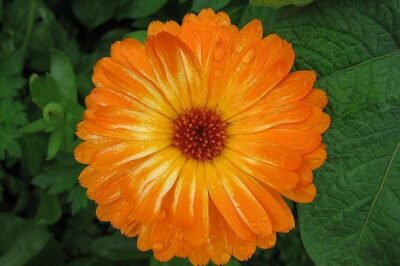

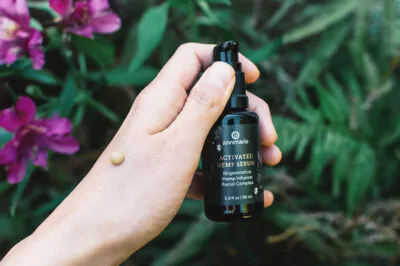
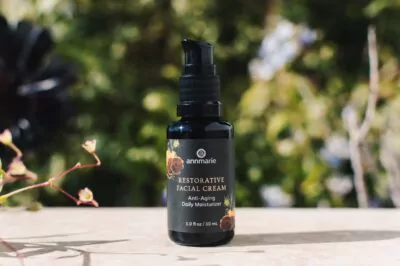
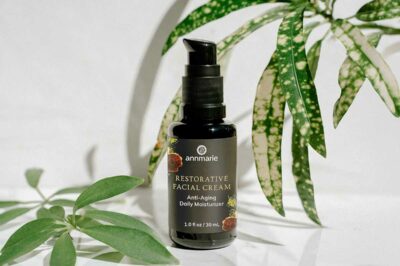

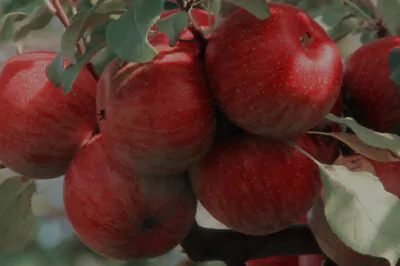
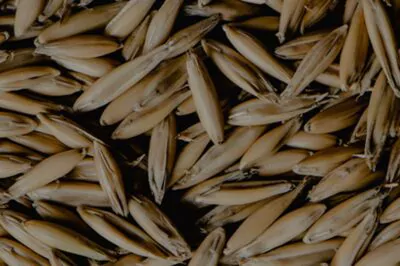
Leave a Reply